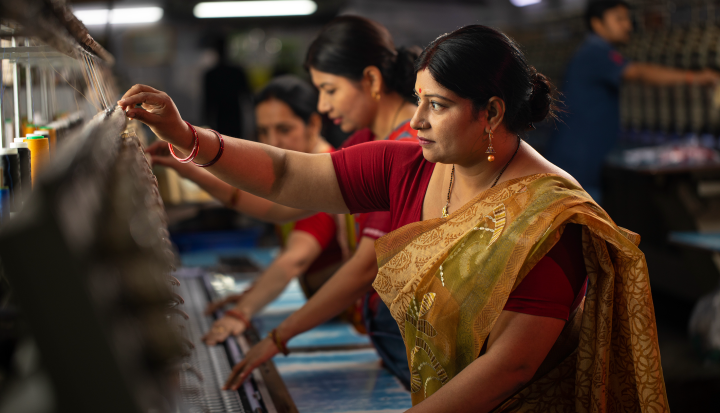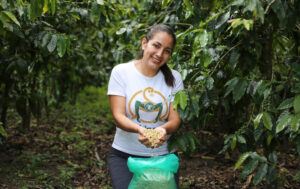Whilst the great and the good of climate policy meet in Baku, Azerbaijan for COP29, and as LinkedIn and Twitter feeds begin to overflow with a frenetic hubbub of updates, insights and arguments, breathe deeply and take a few minutes to immerse yourself in a different reality. A reality that at first glance may seem quite far from the well-intentioned acronym soup of NCQG, L&D, NDCs and more.
A thought experiment…
Imagine you’re a highly skilled professional, respected in your community and supporting your young family with wages earned in an industry providing essential goods to people worldwide. Perhaps you live in New Delhi, or Dhaka, Karachi or Colombo – or any of the major garment producing hubs across South or Southeast Asia. Right now, the issue is that it’s warm, really warm. Just as earlier this year, a heat wave is bathing your city in 40 plus degree temperatures.
As a result, you’re exhausted from lack of sleep. An electric fan struggles to cool your one room home; when the intermittent electricity supply is working, all it does is move hot air around. You have a one-year-old at home, cared for by your mother – both of whom are at a higher risk of dangerous heat stress because of their respective ages. You’re worried for their health. The factory where you work has air conditioning, but excess demand for electricity across the city means the grid is struggling to function continuously: power outages are common. Workplace temperatures rise quickly when the AC goes off.
You’re paid on a piece rate for your work, but like all your colleagues you’re not able to work at your usual high speed because you’re exhausted. You know your earnings will be lower than usual during these hot weeks. Not only are you working more slowly, you need more breaks and access to cool water – but you worry about taking these as they eat into working time. At the same time, you know your electricity bill will be higher and the prices of basic food items in the market are rising rapidly.
Friends working at neighbouring factories are adjusting their shift-patterns so they work mainly during cooler parts of the day. But this involves travelling to work in the early hours when it’s still dark – not something you feel comfortable doing in an area notorious for sexual harassment (and worse). To top it off your boss is incredibly stressed. He probably isn’t sleeping well either. And the fact that everyone is working more slowly means we’re behind on orders. As colleagues struggle to concentrate, mistakes and accidents become more frequent; quality standards are not consistently met. The boss has a short temper at the best of times; he’s shouting and swearing more. Everyone is staying out of his way…
Extreme heat and workers’ rights
Replace, ‘garment worker’ with warehouse worker, or delivery driver, fruit picker or flower harvester, and the basic tenets of the story still stand. Our planet is heating-up, and quickly. 2023 was the hottest year since the pre-industrial age and each decade since the 1980s has been warmer than the previous. 2024 is expected to continue this record-breaking trend. Periods of extreme heat are becoming more frequent and more severe, with drastic impacts for workers. A recent ILO report highlighted that more than 70% of workers around the world face climate change-related health risks, with more than 2.4 billion people likely to be exposed to excessive heat on the job.
The climate crisis is a human rights crisis, including for workers. In 2011 the world endorsed the UN Guiding Principles on Business and Human Rights. Their message is unequivocal: “The responsibility to respect human rights is a global standard of expected conduct for all business enterprises wherever they operate”. This includes during climatic events such as extreme heat. These dimensions must be integrated into human rights due diligence.
Good practice already exists
The good news is that workers and employers are already adapting to this new reality. Our colleagues at Ethical Apparel Africa provide a useful set of lessons that illustrate how indoor work settings including factories can mitigate extreme heat impacts for workers. These lessons include the introduction of new technologies and adjustments to workplace infrastructure, but crucially they rest on collaboration with workers themselves. The directors at Ethical Apparel Africa have invested in building the skills of worker committees at three levels: shop-floor workers, middle-management and senior management. The committees provide a vital structure through which the business directors can understand the priorities of workers and work collaboratively with them to develop effective solutions and ensure their efficient implementation.
The value of an approach grounded in collaborative action with worker representatives is backed up by academic evidence. Researchers at Royal Holloway, University of London investigated the impacts of extreme heat on three groups of workers in Cambodia. They found that whilst some actions taken individually by workers had some impact on reducing the proportion of working time spent at unsafe temperatures (particularly taking longer breaks), “Union members spent 51% fewer working minutes at unsafe core body temperatures”. This effect was particularly powerful at higher temperatures (as measured by wet bulb globe temperatures). Researchers documented the positive impact that trade unions have by a) providing members with heat related mitigation information, b) alerting members to forecasted dangerous temperatures, and c) negotiating with employers to tackle excess workplace heat. These are key interventions in ensuring workplaces are less dangerous during times of extreme heat. They rest on the fundamental enabling right of freedom of association and collective bargaining, enshrined in ILO core conventions C87 and C98.
The power of collaborative action
The Ethical Trading Initiative is a tripartite alliance of companies, NGOs and trade unions advancing human rights in supply chains. Tripartite can be a tricky word to say, but it’s even harder to do. Sitting round a table with trade unionists and activists from workers’ rights focused NGOs isn’t always a comfortable experience for companies. But we believe collaboration is the only way to address the systemic issues that underpin human rights risks for workers in global supply chains. As described, extreme heat is a human rights risk that is rapidly growing in saliency. As negotiators from around the world get around the table in Baku to thrash out a pathway towards a 1.5 degree world, we encourage companies worldwide to live up to the expectations set by the UN’s Guiding Principles and seek out collaboration to ensure the human rights of workers are respected in this era of climate crisis.
This article is part of our Climate Justice Series 2024. Explore our Climate Justice Community Forum Insights paper and discover other insightful articles and podcasts from our global community, published during COP29.









